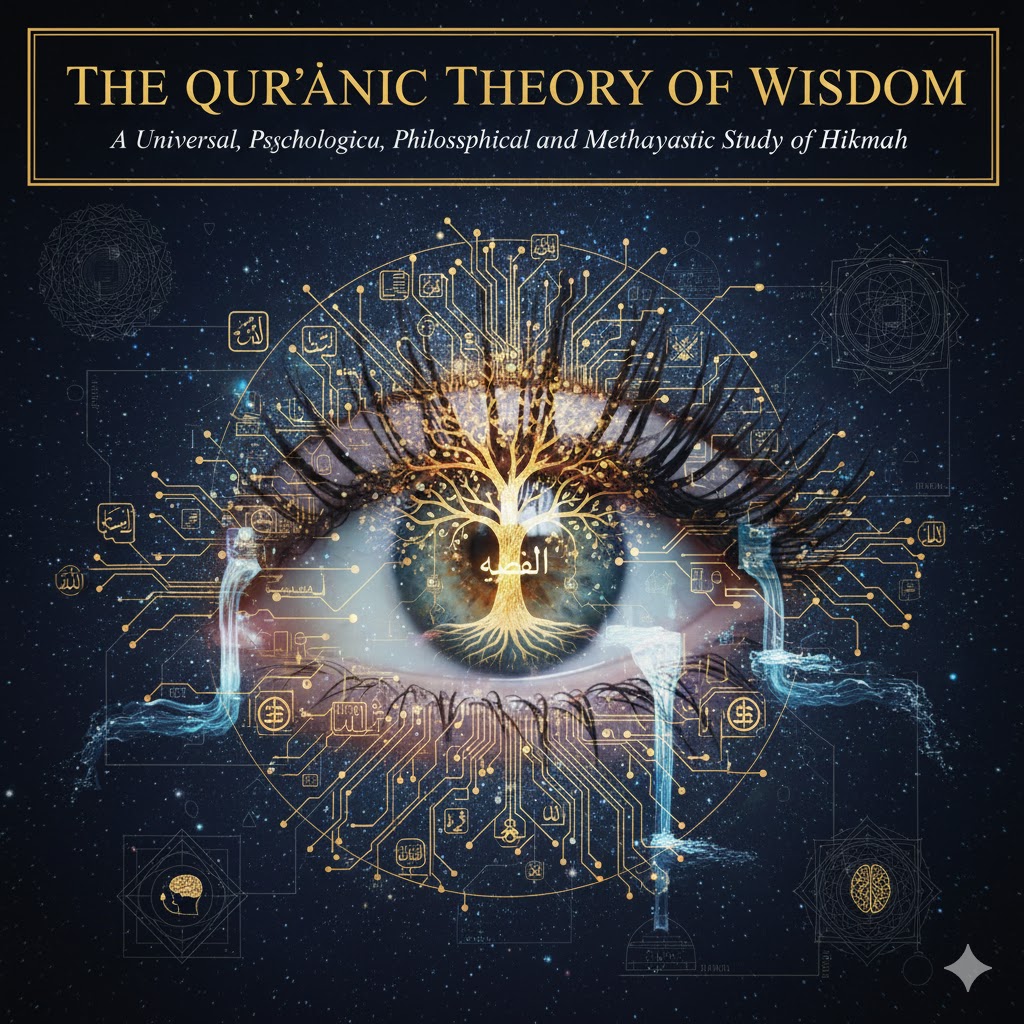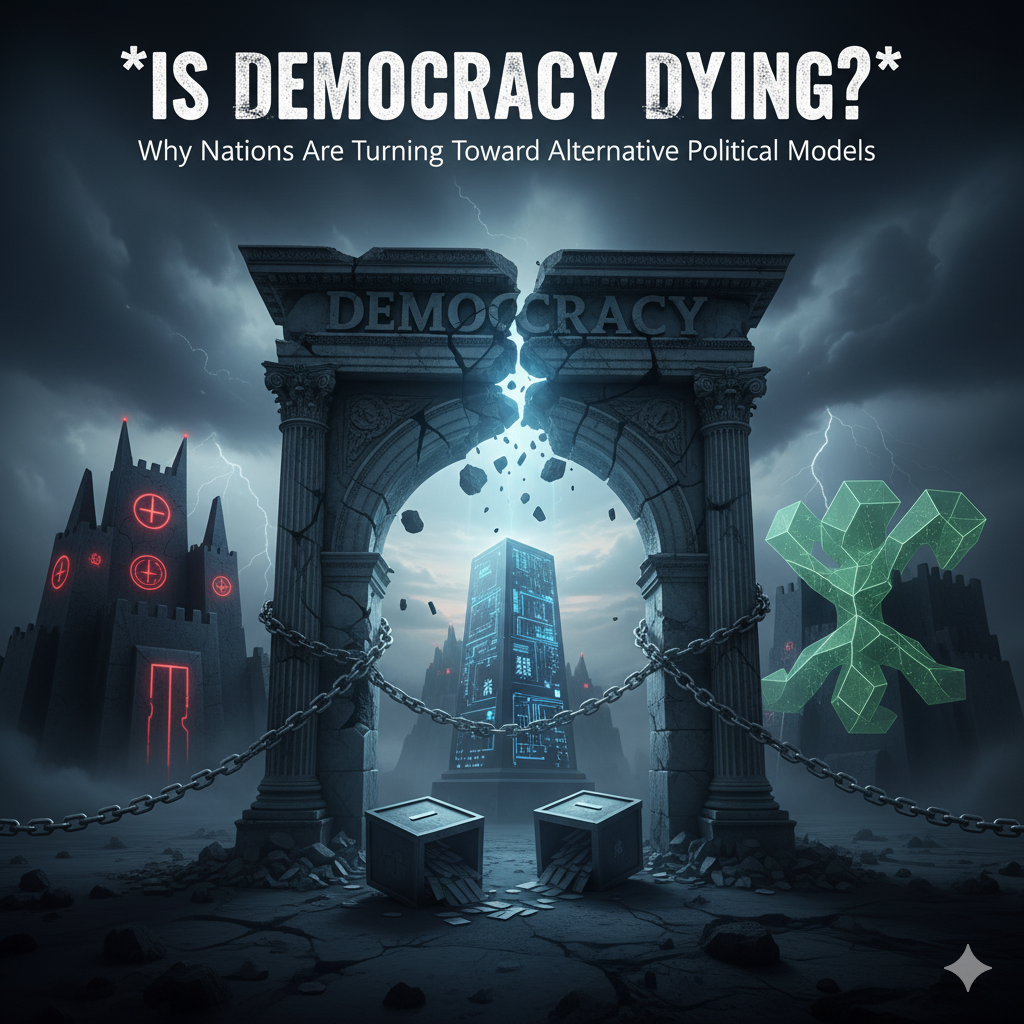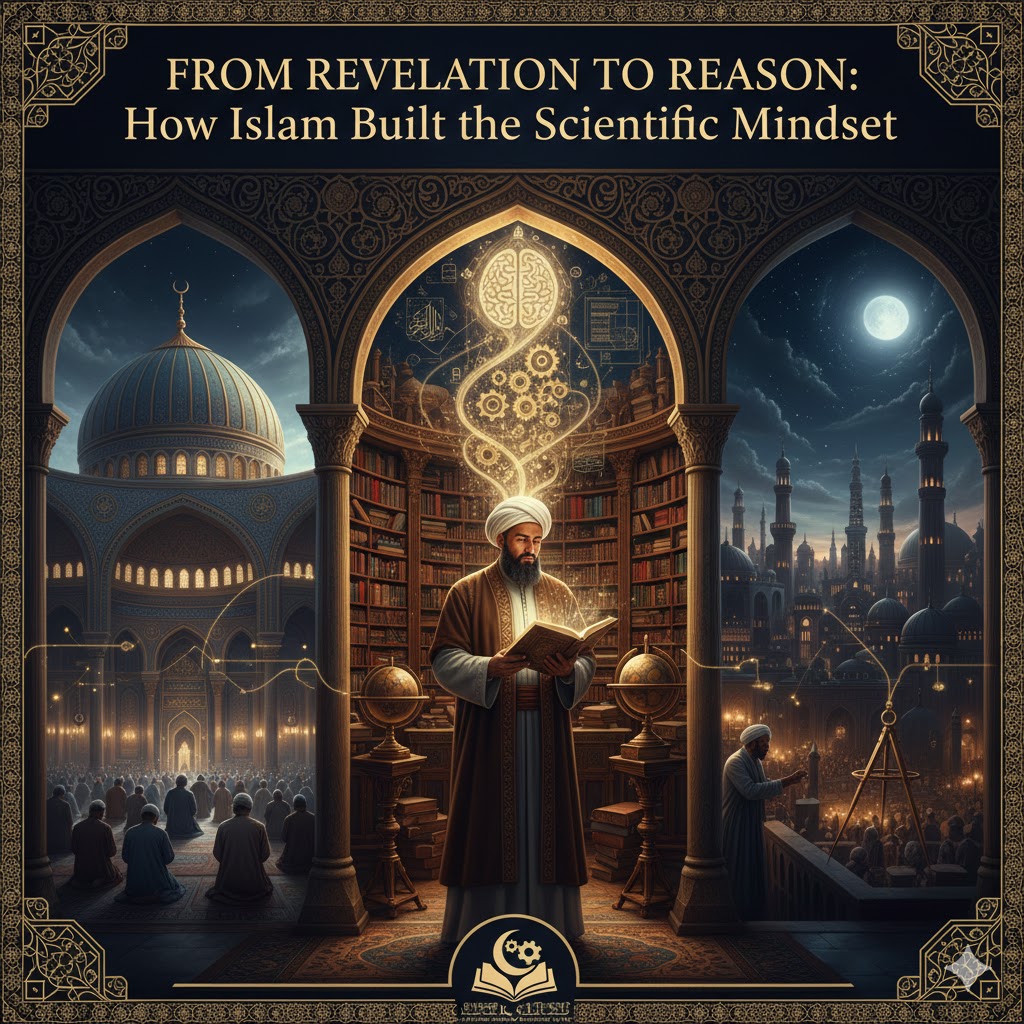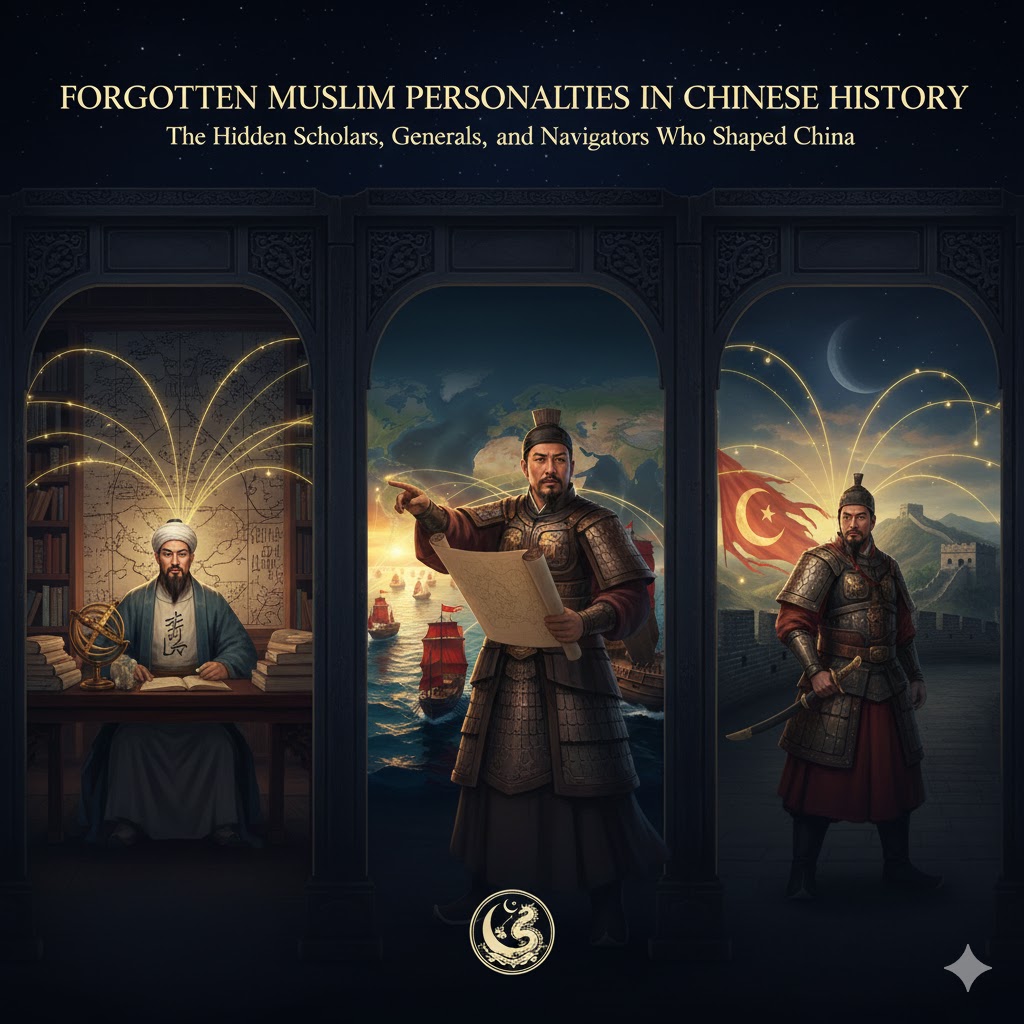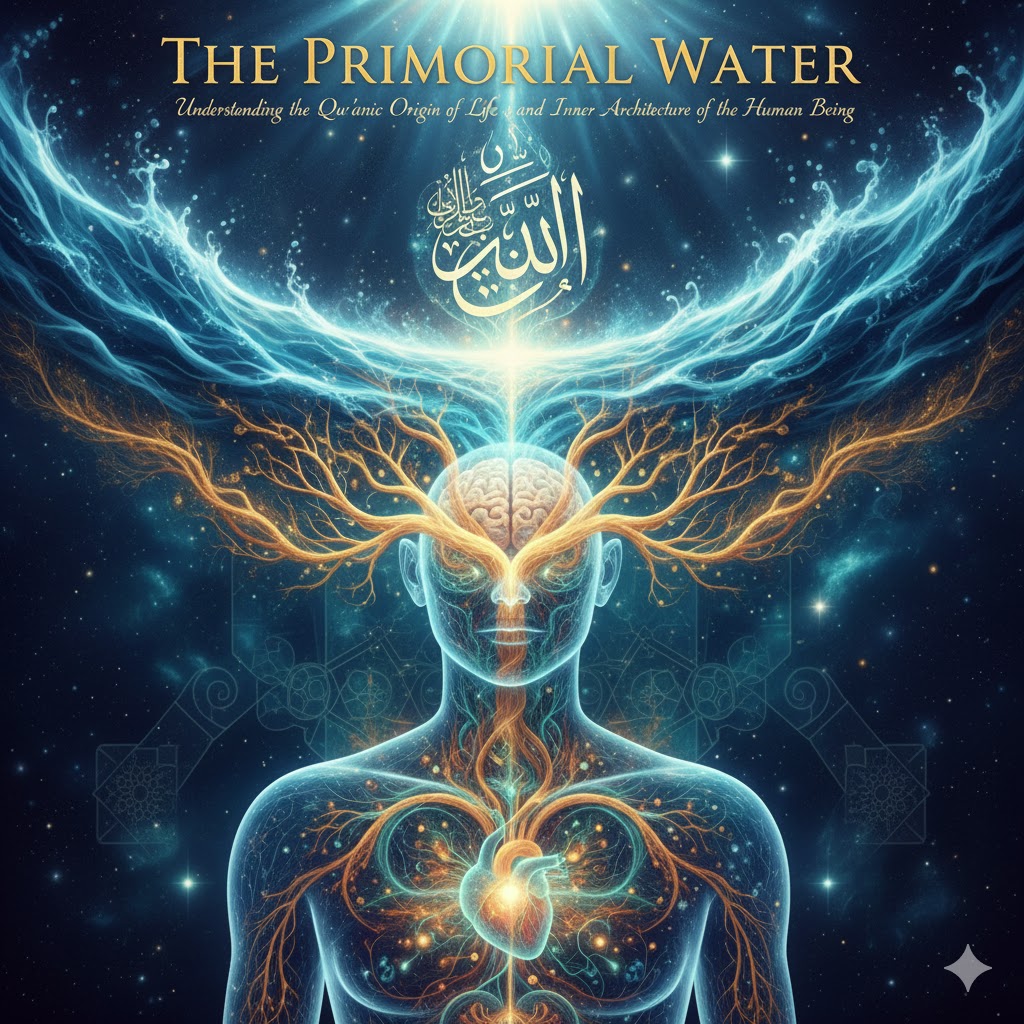In recent years, scholars, policy-makers and commentators have increasingly raised alarm about a global erosion of democratic norms, institutions and practices (Lührmann et al., 2025; Dean 2024). Once widely regarded as the irreversibly dominant form of government for liberal societies, democracy now faces what has been termed a “democratic recession” (Bermeo 2016; V-Dem 2025). Simultaneously, alternative governance models are being articulated and exported, notably by the People’s Republic of China (PRC), which openly challenges the universal applicability of Western liberal democracy (Shaoguang 2023; Hu & Wu 2023). This paper addresses the following questions: (1) What is the empirical state of democracy globally? (2) Why are many democracies foundering or deteriorating? (3) Why are some states seeking alternative political models? (4) What might the future of global governance look like?
2. Empirical Evidence of Democratic Decline
2.1 Global Indices and Trends
Quantitative data show a sustained decline in democratic performance. The Varieties of Democracy Institute (V-Dem) Democracy Report 2025 documents 25 years of autocratization, covering more than 200 countries and showing declines in core democratic dimensions. Moreover, the International Institute for Democracy and Electoral Assistance (International IDEA) reported that in 2023 the global index for free and fair elections suffered its worst decline on record — marking the eighth straight year of net deterioration.
Press and internet freedom likewise display persistent erosion: the Freedom House report for 2025 noted the 15th consecutive year of decline in global internet freedom, tied to increasing surveillance, censorship and digital repression.
These indicators suggest that democratic decline is not limited to weak states but also affects established democracies (Dean 2024).
Shrinking Freedom and Rights
Over the last decade, many nations — including long-standing democracies — have experienced decreases in:
- press freedom
- judicial independence
- electoral competitiveness
- minority protections
- freedom of speech and assembly
- transparency and anti-corruption safeguards
While the reasons vary by country, the pattern is surprisingly global.
2.2 Backsliding and Hybrid Regimes
Democratic backsliding — the process by which elected regimes weaken institutions, restrict liberties and hollow out competitive politics without necessarily collapsing into full authoritarian rule — is increasingly common (Bermeo 2016; Cianetti et al. 2018). The Carnegie Endowment for International Peace (2022) outlines typologies of backsliding: grievance-fueled illiberalism, opportunistic authoritarianism, and entrenched-interest revanchism.
The phenomenon is manifest in regions such as Central and Eastern Europe, where countries like Hungary and Poland display electoral procedures yet have weakened judiciary, media and opposition (Tansel & Hess 2018).
Examples include:
- Hungary under Viktor Orbán (self-described “illiberal democracy”)
- Turkey under Erdoğan
- Russia in the early 2000s (before becoming fully authoritarian)
- Singapore’s long-standing “managed democracy” model
- Malaysia during parts of its recent political history
3. Root Causes of Democratic Erosion
3.1 Performance Deficit & Socioeconomic Discontent
One argument posits that democracies are eroding because they fail to deliver socio-economic goods, such as growth, equality and welfare, thereby undermining legitimacy (Mounk & Kyle 2018). However, as Huq & Ginsburg (2018) argue, backsliding is less about failure to deliver per se and more about the failure to constrain ambitious executives once they are elected.
Nevertheless, economic stagnation, rising inequality and perceptions of unresponsiveness fuel public dissatisfaction.
Democratic Backsliding in Established Democracies
Even long-standing democracies have shown signs of internal erosion:
- The United States witnessed unprecedented polarization, election denialism, distrust in institutions, and a rise in political violence.
- India, the world’s largest democracy, has faced concerns about press freedom, minority rights, and the increasing centralization of political power.
- Israel has been engulfed in constitutional battles over judicial independence.
- Brazil, Mexico, and South Africa have struggled with corruption, populism, or institutional decay.
The trend suggests that democracy is not dying only in fragile states — it is straining even where it once seemed secure.
3.2 Institutional Weakening and Elite Capture
Democratic erosion often involves institutional decay: weakened media, politicised courts, captured election management bodies, and marginalised opposition (Wilson-Jones 2022). When institutional checks struggle, the executive can accumulate power, paving the way for authoritarian holdovers.
Economic Disillusionment
Many citizens in democratic societies feel that:
- their wages are stagnating
- inequality is growing
- public services are declining
- corruption remains rampant
- elected leaders appear unresponsive
This leads to a dangerous sentiment:
“Democracy isn’t delivering.”
Examples:
- In Latin America, economic stagnation has fueled discontent with traditional democratic elites, paving the way for outsiders — sometimes populists, sometimes strongmen.
- In Europe, austerity policies, unemployment, and migration crises have empowered far-right and anti-establishment parties.
- In South Asia, rapid economic changes have deepened class divides, fueling support for authoritarian-leaning leaders who promise efficiency and national strength.
3.3 Information Technology, Disinformation and Surveillance
The digital revolution, once hailed as a boon for democracy, has also empowered authoritarian tendencies. Surveillance systems, algorithmic censorship, data-driven propaganda and disinformation campaigns erode the public sphere and undermine democratic accountability (Freedom House 2025).
3.4 Geopolitical Shifts and Narrative Contestation
The waning dominance of liberal democratic norms internationally has emboldened alternative models. The PRC, for example, promotes a governance narrative that rejects Western prescriptions and posits its system as superior in performance and cultural fit (Shaoguang 2023).
4. Why States Are Exploring Alternative Models
4.1 Performance Legitimacy and Efficiency
Some states prioritise outcomes (economic growth, stability, national strength) over liberal process (competitive politics, pluralism). This “performance legitimacy” model appeals especially in contexts of weak institutions or high developmental expectations.
4.2 Stability, Order and Developmental Imperatives
In countries facing fragility, ethnic divisions, or security threats, democratic messiness (frequent elections, coalition breakdowns, elite infighting) may seem unaffordable. Many turn to more centralised models that promise continuity and decisiveness.
4.3 Cultural and Civilisational Framing
Some regimes argue that Western liberal democracy is unsuitable to their history and traditions. The PRC’s discourse explicitly reframes democracy as subject to national context and emphasises “socialist democracy” over Western models.
4.4 Exporting Governance Models
Beyond internal adoption, certain states increasingly export or promote alternatives to liberal democracy — through development assistance, diplomatic rhetoric and normative competition. China’s “whole-process people’s democracy” is offered as a model to other states in the Global South (Hu & Wu 2023).
5. The Chinese Model: “Whole-Process People’s Democracy”
5.1 Conceptual Foundations
Under the leadership of Xi Jinping, the Chinese Communist Party (CCP) has articulated a concept of “whole-process people’s democracy” (WPD) that is framed as both continuous (not confined to periodic elections) and outcome-oriented (focusing on the results of governance rather than the form alone).
Shaoguang (2023) argues that this model emphasises that “no political system has a monopoly on the interpretation of democracy” and presents the Chinese system as legitimate in its own terms.
5.2 Institutional Practice
Fieldwork in Shanghai identifies four types of grassroots participation under WPD: policy-suggestion, mobilisation, complaint/supervision, and self-governance. Although not competitive in the Western liberal sense, these mechanisms aim to integrate citizens into governance in a structured way.
The PRC’s official documentation emphasises the people’s congress system under Party leadership as a “great creation … brand-new system of great significance” (IDCPC 2023)
5.3 Global and Normative Implications
The articulation of WPD constitutes a normative challenge to the liberal democratic order. As Chen (2025) observes, China’s rebranding of democracy transforms the concept into a “moral and developmental” notion, emphasising harmony, efficiency and national strength rather than choice and contestation.
This model appeals to states who view the liberal model as inefficient or culturally mismatched, and its global promotion may contribute to the weakening of democracy-promotion norms.
6. Case Studies: Democratic Erosion and Alternative Models
6.1 Hungary: The “Illiberal Democracy” Prototype
Under the leadership of Viktor Orbán, Hungary has adopted the label of “illiberal democracy”, weakening constitutional safeguards, capturing media, and building a dominant-party system while retaining elections. This represents a hybrid model of democratic façade plus authoritarian control.
6.2 India: The World’s Largest Democracy under Pressure
﹙Note: While India remains democratic in formal terms, it exhibits many signs of institutional erosion.﹚ India has faced rising religious-majoritarian politics, increasing executive dominance, shrinking space for dissent, and declining press freedom. This suggests that democratic decay is not confined to weak states but can occur in major democracies too (Dean 2024).
6.3 United States: A Democracy Under Internal Stress
The United States, once the exemplar of liberal democracy, is now challenged by extreme polarization, declining trust in institutions, election denialism, and weakening oversight — illustrating that democratic vulnerability is global and not confined to developing countries.
6.4 China: A Model of Non-Western Governance
As outlined above, the PRC offers a fully distinct model of governance — one-party rule, state-led development, selective participation, and alternative definitions of democracy — and its global influence complicates the logic of democracy promotion.
7. Discussion: Towards a Typology of Futures
7.1 Is Democracy Dying or Transforming?
The evidence suggests that liberal democracy is under severe strain but not yet extinct. What appears to be dying may be the assumption of liberal democracy as the inevitable or universal endpoint of political development (Lührmann et al. 2025).
7.2 Scenario Building
Three broad futures appear plausible:
- Scenario A: A world dominated by hybrid and managed regimes — democratic forms remain, but real power is constrained.
- Scenario B: A bifurcated global governance system in which liberal democracies and authoritarian/illiberal regimes compete, each offering distinct models.
- Scenario C: A democratic renewal, triggered by institutional reform, civic revitalisation, and new norms of governance oriented toward rights, participation and delivery.
7.3 Policy and Governance Implications
For democracies to rejuvenate, they must address:
- Restoring independent institutions (courts, media, election bodies)
- Enhancing delivery—ensuring democracies are not only procedural but also performance-responsive
- Safeguarding digital rights, fighting disinformation, ensuring transparency in tech governance
- Crafting inclusive and resilient political systems tailored to 21st-century challenges
8. Conclusion
In sum, democracy is not dying in the sense of universal extinction, but liberal democracy in its dominant mode is facing an existential challenge. Empirical evidence of backsliding, hybridisation and the growing normative appeal of alternative models indicate a shift in global governance trajectories. The rise of the Chinese model underscores that democracy is being contested conceptually, institutionally and globally. The outcome is not predetermined — whether this leads to deeper authoritarianism, hybrid entrenchment or democratic revitalisation will depend on institutional reform, political leadership and civic activism around the world.
References
- Bermeo, Nancy (2016). “On Democratic Backsliding.” Journal of Democracy, 27(1): 5-19.
- Cianetti, L., Dawson, J., Hanley, S. (2018). “Rethinking ‘democratic backsliding’ in Central and Eastern Europe – looking beyond Hungary and Poland.” East European Politics.
- Dean, James (2024). “Democratic decline a global phenomenon, even in wealthy nations.” Cornell Chronicle.
- Hu, Jieren & Wu, Tong (2023). “‘Whole-Process People’s Democracy’ in China: Evidence from Shanghai.” Chinese Political Science Review. DOI:10.1007/s41111-023-00245. ResearchGate
- Lührmann, Anna et al. (2025). Democracy Report 2025: 25 Years of Autocratization. Varieties of Democracy. V-Dem
- Shaoguang, Wang (2023). “China’s Development of Democracy with Chinese Characteristics.” In: CPC Futures: The New Era of Socialism with Chinese Characteristics. NUS Press. SpringerLink
- Wilson-Jones, C. J. L. (2022). “The rise of democratic backsliding in the modern era: root causes.” Johns Hopkins University. jscholarship.library.jhu.edu
- “Global Democracy Report: Majority of Countries Worsen as …” (2025). International IDEA. International IDEA
- “Persistent Authoritarian Repression and Backsliding Democracies Drive 15th Consecutive Year of Decline in Global Internet Freedom.” Freedom House (2025).






